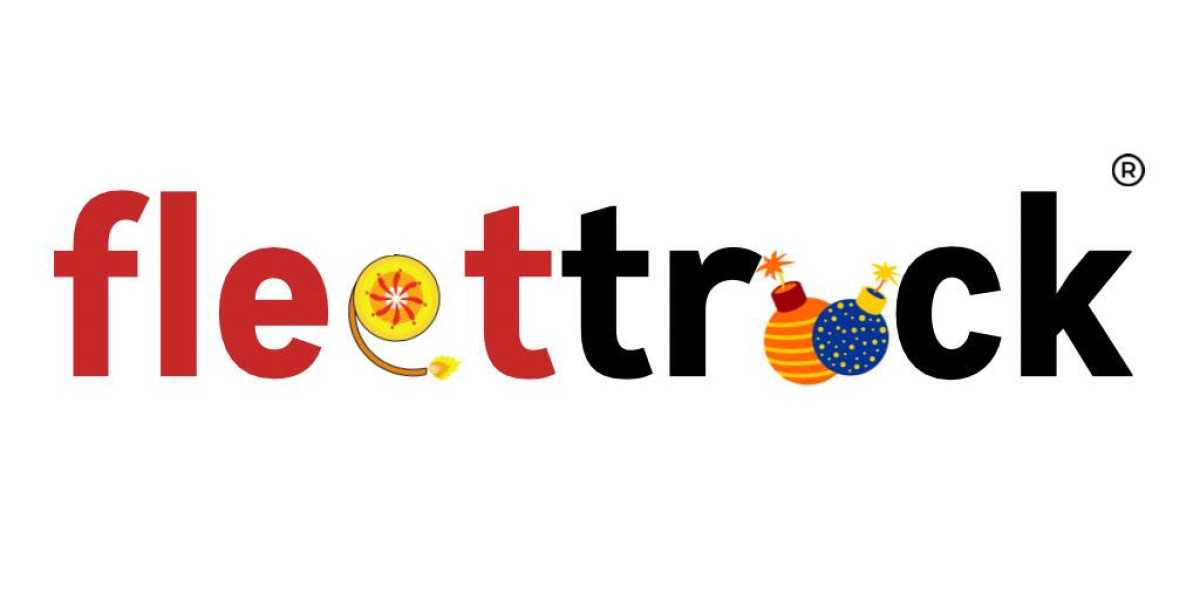Workplace violence and harassment are pervasive issues that affect employees across industries and sectors. These problems not only undermine the well-being of individuals but also diminish organizational productivity, morale, and reputation. Creating a safer tomorrow requires a proactive, comprehensive approach to tackle workplace violence and harassment effectively. This article explores the critical steps organizations can take to foster a safe and respectful work environment.
Understanding the Scope of the Problem
Workplace violence and harassment can manifest in various forms, ranging from physical assaults to verbal abuse, bullying, and sexual harassment. According to the International Labour Organization (ILO), workplace violence and harassment affect millions of workers globally, with significant implications for their mental and physical health. Recognizing the multifaceted nature of these issues is the first step in developing robust prevention and response strategies.
Building a Culture of Respect
A foundational element in preventing workplace violence and harassment is cultivating a culture of respect and inclusion. Organizations should prioritize respect as a core value and integrate it into their mission statements, policies, and daily practices. Leadership must set the tone by modeling respectful behavior and demonstrating a zero-tolerance stance towards any form of harassment or violence.
Implementing Comprehensive Policies
Effective workplace policies are crucial for preventing and addressing violence and harassment. These policies should clearly define what constitutes unacceptable behavior, outline reporting procedures, and specify the consequences for violations. Additionally, policies must be regularly reviewed and updated to reflect changes in legislation and best practices. Employees should be made aware of these policies through regular training sessions and accessible documentation.
Providing Training and Education
Training is an essential component of any strategy to combat workplace violence and harassment. All employees, from entry-level staff to senior executives, should receive training on recognizing, preventing, and responding to harassment and violence. This training should cover topics such as bystander intervention, conflict resolution, and the importance of reporting incidents. Regular refresher courses can help maintain awareness and reinforce the organization's commitment to a safe work environment.
Establishing Clear Reporting Mechanisms
Creating a safe tomorrow requires that employees feel empowered to report incidents of violence and harassment without fear of retaliation. Organizations should establish clear, confidential reporting mechanisms that allow employees to voice their concerns. Multiple reporting channels, such as hotlines, online portals, and designated personnel, can increase accessibility and encourage reporting. It is also crucial to ensure that reports are taken seriously and investigated promptly and impartially.
Providing Support for Affected Employees
Supporting employees who have experienced workplace violence or harassment is vital for their recovery and well-being. Organizations should offer resources such as counseling services, employee assistance programs (EAPs), and legal support. Additionally, ensuring that affected employees are kept informed about the progress and outcomes of investigations can help rebuild trust and confidence in the organization's commitment to their safety.
Monitoring and Evaluating Progress
To create a safer tomorrow, organizations must continuously monitor and evaluate their efforts to prevent and address workplace violence and harassment. Regular assessments, such as employee surveys, focus groups, and audits, can provide valuable insights into the effectiveness of policies and initiatives. Using this data, organizations can identify areas for improvement and make necessary adjustments to their strategies.
Engaging Stakeholders
Addressing workplace violence and harassment requires a collaborative approach that involves all stakeholders, including employees, management, unions, and external experts. By engaging stakeholders in the development and implementation of prevention and response strategies, organizations can ensure that their efforts are comprehensive, inclusive, and effective.
Conclusion
Creating a safer tomorrow by tackling workplace violence and harassment is an ongoing journey that demands commitment, vigilance, and proactive measures. By fostering a culture of respect, implementing comprehensive policies, providing training, establishing clear reporting mechanisms, supporting affected employees, monitoring progress, and engaging stakeholders, organizations can create a work environment where all employees feel safe, respected, and valued.
https://sultanlawyers.com/employment-law-services/employees/workplace-violence-and-harassment/







